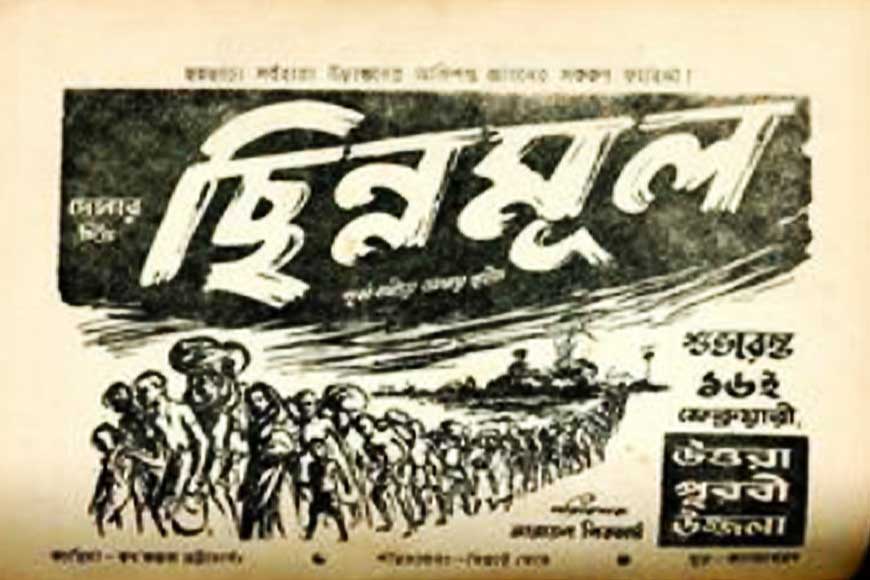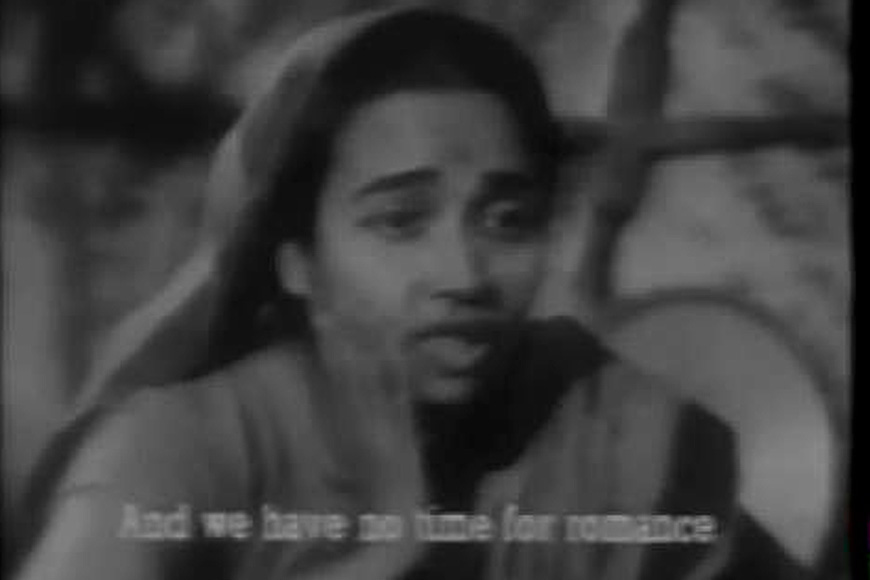First neo-realistic movie of India was Nemai Ghosh’s Chhinnamool

“Jamu na..amar borer er bhita chhaira ami jamuna..” (I will not leave my husband’s home and go)… The heart-wrenching scene of a woman clinging to the doors of her husband’s home, echoes the pain of many, whose lives were ravaged by the Partition of India. But this scene out of Nemai Ghosh’s Chhinnamool was different as the actor herself was a refugee and could thus express her agony in the most realistic fashion.
Long before iconic film Pather Panchali that took Bengali cinema to the world arena, Satyajit Ray’s favourite Nemai Ghosh had shot another neo-realistic movie that is little talked about these days. In 1948, the movie Chhinnamool (The Uprooted) spoke about the plights of a group of farmers who migrated to Calcutta after the Partition of 1947. Being an important member of the IPTA movement, Nemai Ghosh was inspired to make a film that would reveal the real-life stories of struggle of these immigrants, who had been forcibly uprooted from their homeland.
 A still from the movie
A still from the movie
Incidentally, Ghosh had discussed the screenplay of this movie with Satyajit Ray who was then associated with advertising. With the support of IPTA, Nemai Ghosh went on to make Chhinnamool, that featured six important principles of neo-realism. According to Ghosh, they were “no professional actors, no make-up (except whiskers), no out-takes, no songs, concealed camera on all occasions, and dialogue with a strongly regional dialect.”
But what was neo-realism? Neo-realism brought in a new reality in art and films in the wake of World War II, that represented social disorder, portrayed extreme poverty, injustice and oppression. Set in the backdrop of struggles of the working class and the impoverished, neo-realist films primarily dealt with stories, that involved real-life actors and were shot on locations, not on lavish sets. As Martin Scorsese had put in: ‘Neo-realism brought about rehabilitation of entire culture through cinema.’
Take for example the Italian masterpiece Bicycle Thieves, which is still credited as the best work of Italian neo-realism. This movie inspired Bengali directors Satyajit Ray and Ritwik Ghatak in different ways as they went on to make various masterpieces involving the same approach. Contrary to popular belief, it was not Ray’s magnum opus Pather Panchali but Nemai Ghosh’s film Chhinnamool that broke barriers and went on to become the first Indian film that marked its entry in the fabric of neo-realism. Chhinnamool was path breaking in many ways. It included non-actors and actors of IPTA and had strong documentary overtones within the structure of a fictional film. The film seemed to be highly realistic especially because of the shot at Sealdah station which shows the arrival of peasants amid many real-life refugees who were forced to spend their days on the pavement. Ghosh took the concept of presenting reality to a whole new dimension by hiding the camera while shooting on running trains thereby depicting the rapid movements of the passengers with utmost precision. This guerilla technique of filmmaking took him closer to his dream of unmasking the reality, but he had to pay a huge price for it. The Home Department accused him of provoking community sentiments. Ghosh had to undergo a lot of struggle before finally getting a permit of further carrying on with the shoot. Ritwik Ghatak, who was closely associated with IPTA back then, approached Ghosh for assisting in direction but was finally seen acting in the film.
Though the movie got encouraging reviews from leading newspapers of Calcutta, it failed to strike a chord with the audience after its release in 1951 as the people in this part of the world were yet to get acquainted with the ultra-realistic style of cinema. But the first neo-realistic film of India finally received recognition when impressed with the realistic path adopted by Chhinnamool, the Russian filmmaker Pudovkin recommended the film to USSR.
USSR bought the film and retitled it as ‘Obejgolni’. Chhinnamool broke all records, was released in Russian subtitles and went on to become the first Indian film to have attained a wide acclaim in Russia. When Ghosh returned to Calcutta after spending a few months in Russia, his own homeland refused to offer him any kind of work, though he was the director who made the first neo-realistic film of India!









